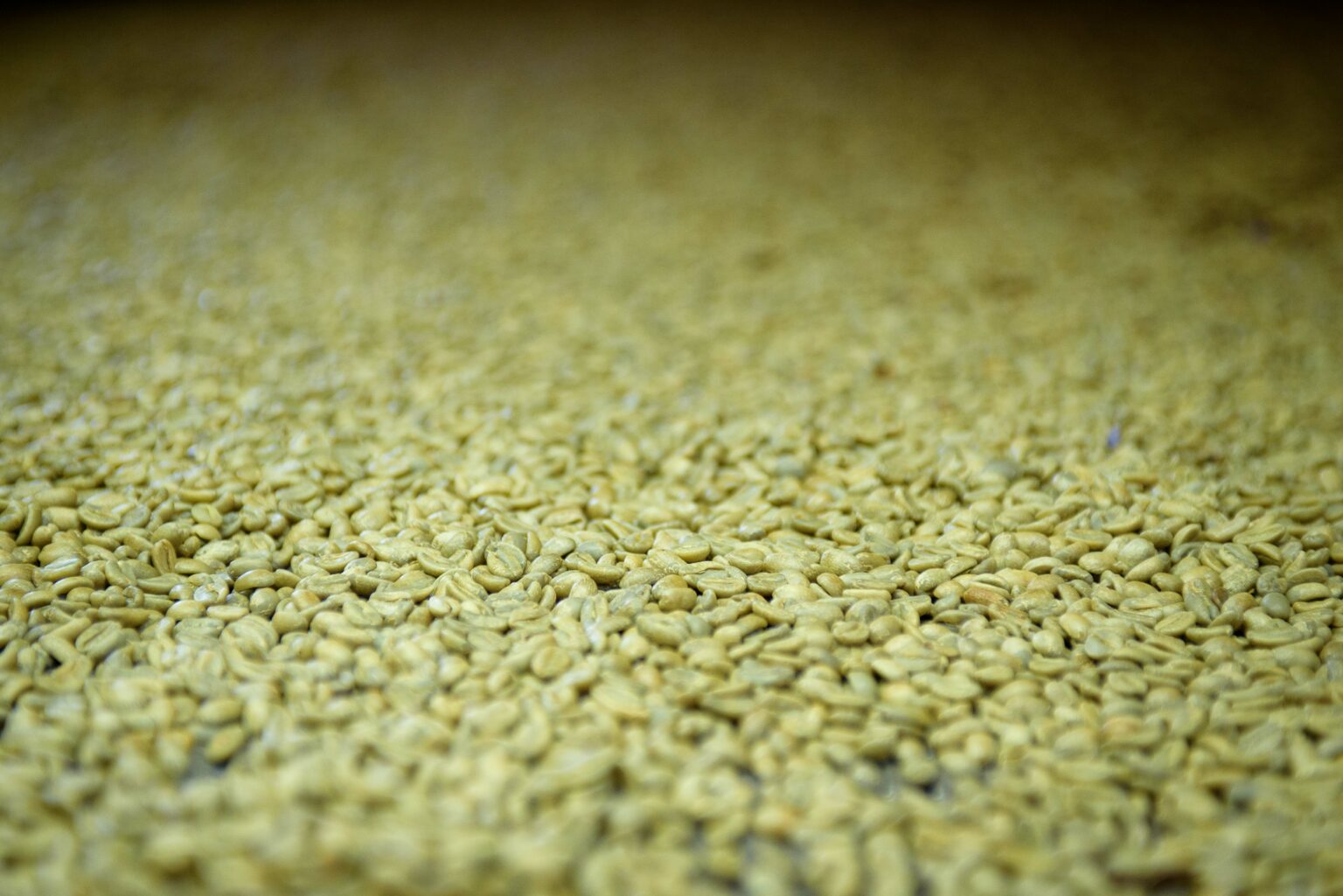PROCESSING
HARVESTING
Harvesting is the challenging art of picking just the ripest coffee cherries from the coffee trees, while making sure not to disturb any under-ripe cherries that have not yet developed their full flavor potential.
This attention to detail requires concentration and commitment from our pickers. The higher sales prices for Esmeralda Geisha coffees, allow us to pay our harvesters three times the going salary for harvesters, which ensures that their livelihood is sustainable and encourages them to meet our quality standards in harvesting.
Careful harvesting is a critical step in producing high quality coffee with complex taste profiles. If beans are picked unripe their full potential will not be unlocked, and even a few beans can substantially affect the flavor profile of our microlots. This sensitivity has become apparent to us thanks to our careful lot separation, which is another aspect of our careful approach to harvesting. By carefully dividing each lot as it is picked, we can target specific clusters of trees and accurately time the harvesting, allowing us to build unique microlots for our most quality-conscious buyers.
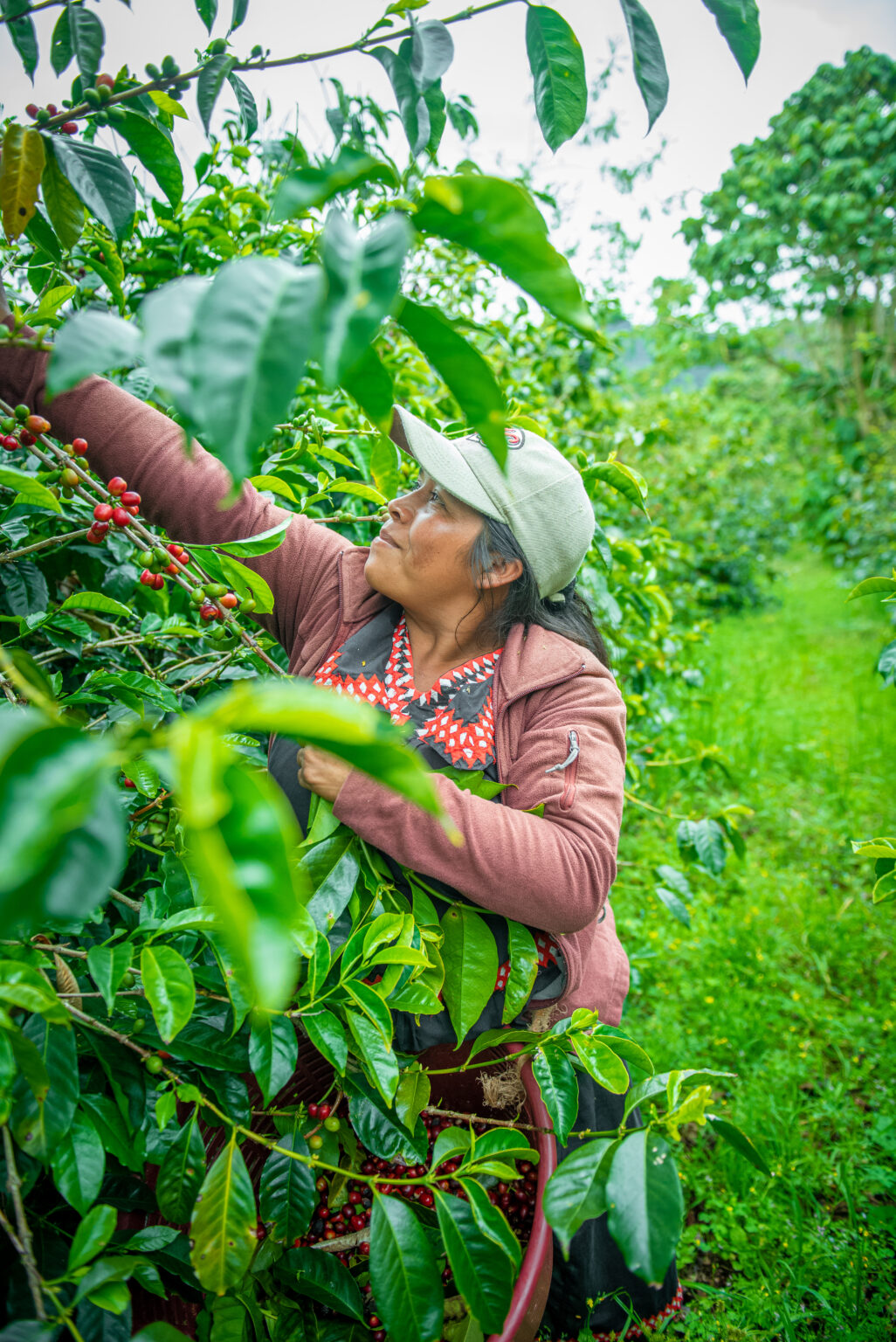
WASHED PROCESS
Washed coffees are bright, sweet and clean. Higher elevations develop more acidity and complexity.
After harvest, coffee is taken into a receiving tank where water is pumped and pushed down a funnel. Floaters (unripe and overripe cherries) are discarded.
Coffee pulp and mucilage are mechanically removed.
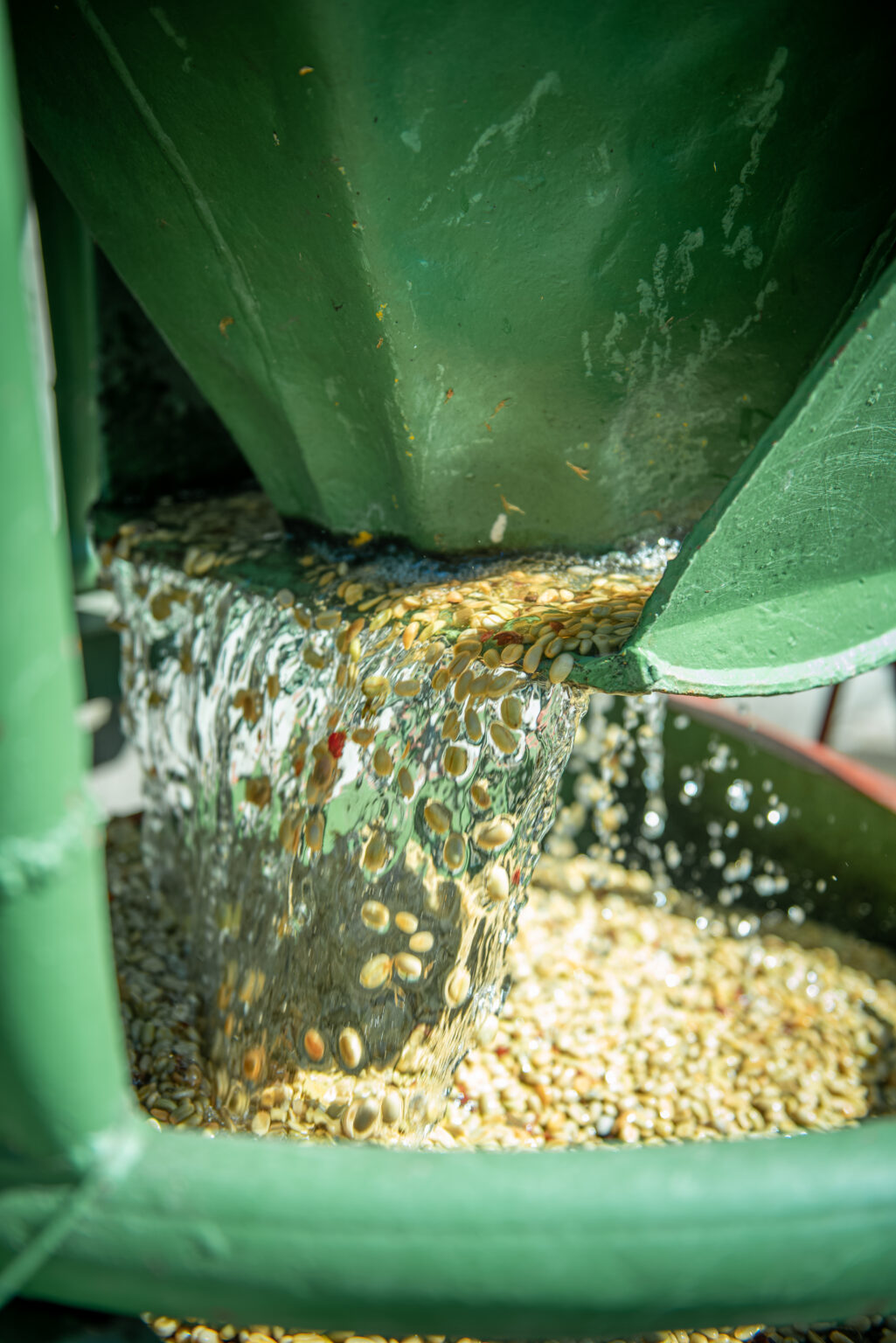
NATURAL PROCESS
Natural coffees are bolder and have full bodies. These coffees are fruity, winey and have taste notes of prunes, plums and figs.
See below for more information on Fermentation and Drying.

FERMENTATION
Fermentation plays a critical role in the development of the coffee flavor. It is one of the most important post-harvest processing steps.
Washed Coffees: After de-pulping, the remaining coffee sits in holding tanks and ferments for 24 hours, before being put to dry in the morning.
Natural Coffees: During drying, a natural fermentation process occurs. Coffee enzymes experience a fermentation produced by the yeast and bacteria that breaks down the sugars in the mucilage.
Inoculated fermentation is a more controlled fermentation process in which selected yeasts are used in coffee fermentation in order to add cup complexity and enhance flavors and aromatics.
Anaerobic fermentation is a process in which coffee cherries are fermented in a closed container with carbon dioxide (CO2), creating an anaerobic (oxygen free) environment.
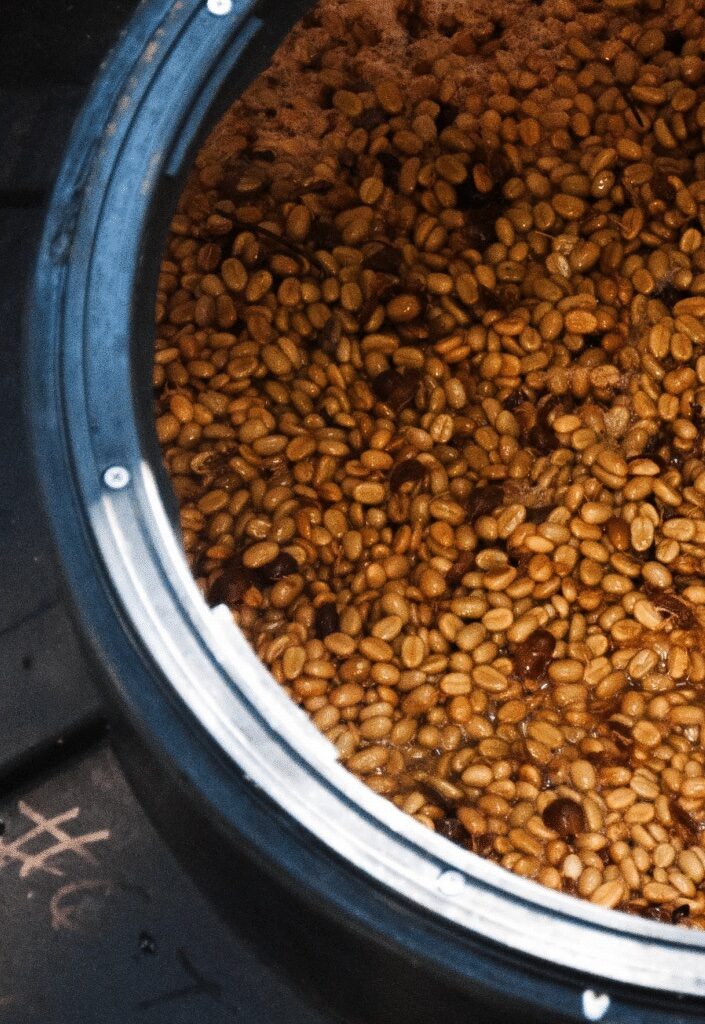
DRYING
During drying, the moisture content in coffee beans is reduced to 10-12%.
Coffee is laid on the patio to be dried by the reflection of the sun. The average drying time is 7 to 9 days. Coffees are spread in thin layers and rotated regularly to ensure a uniform drying.
The mechanical dryer, called a guardiola, is a horizontal rotator drum that allows a constant warm air flow around the beans, reducing moisture percentages.
Mostly used for slow drying, raised beds allow air to circulate more easily resulting in clean coffee dried evenly. These beds are used mostly for slow-dry coffees for an average of 29 days. Coffees are spread in thin layers and rotated regularly to ensure a uniform drying.
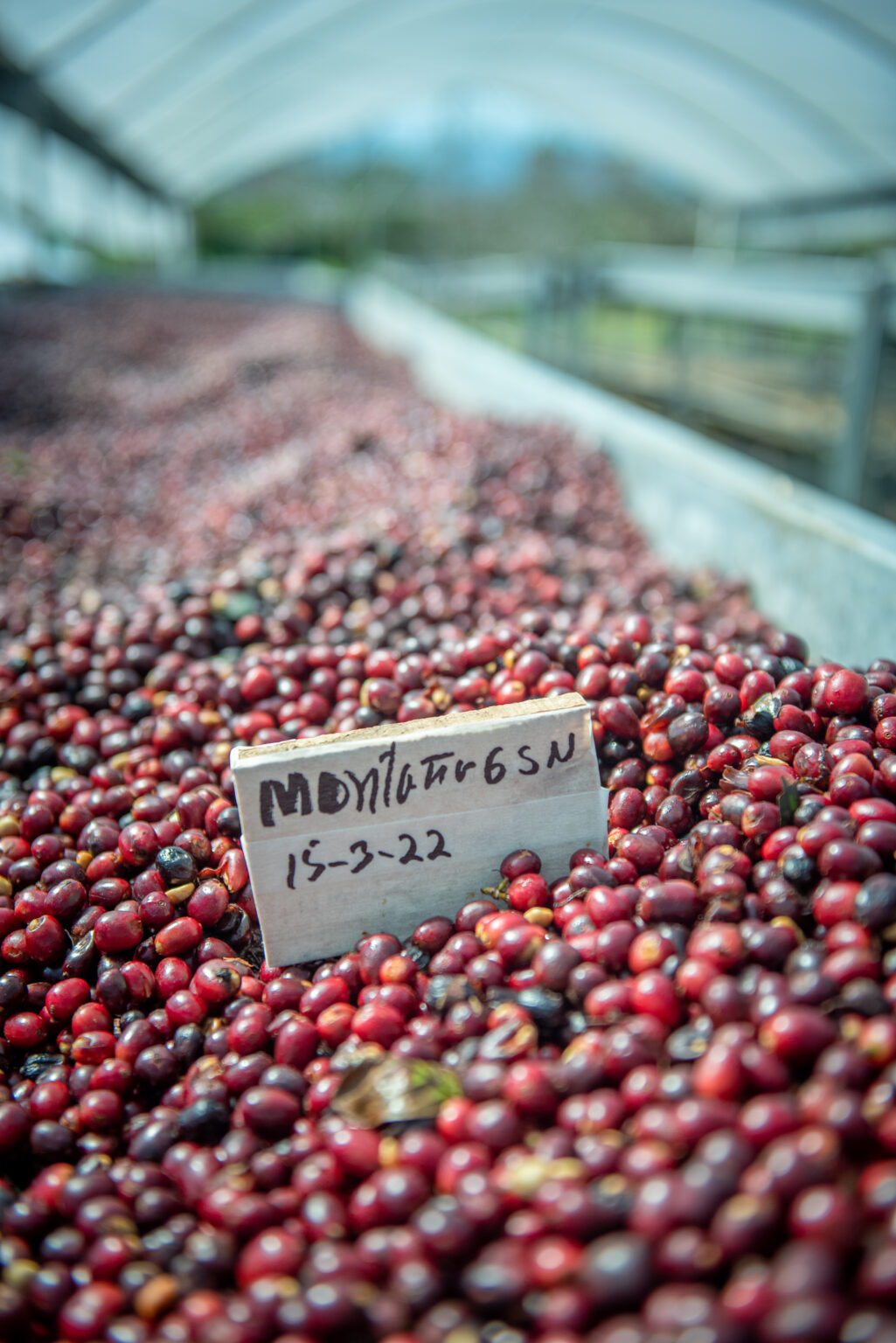
DRY MILLING
Dry milling is the process of preparing the coffee for exportation.
After the beans have been sufficiently dried, they are placed into nylon grain bags, where they rest for a minimum of 45 days. This rest, or “reposo”, helps stabilize the bean and improves cup quality.
Before coffee is shipped, beans go through the hulling process. During hulling, a machine removes the parchment layer that surrounds the bean.
Because there is a correlation between coffee bean size, density, and quality, beans need to be sorted. To achieve this task, we use shaking screens which are replaceable metal sheets with round holes in them that retain coffee beans over a certain size and allow smaller beans to pass. After going through the size grader, the remaining beans pass through a gravity separator. This machine shakes the sized beans on a tilted table, so that the heaviest, densest and best coffee beans vibrate to one side of the table, and the lightest ones to the other.
After being sorted, the remaining coffee beans go through the final step: color sorting. In Hacienda La Esmeralda we color sort by using a machine that has sensors that are set to identify defective beans (red, black, white, yellow). These defective beans are pushed aside with compressed air, leaving behind only the best ones.
After hulling and sorting is completed, the coffee is ready to be packed and shipped. Once our coffee is vacuum packed in carton boxes, it is then shipped and enjoyed all over the world!
